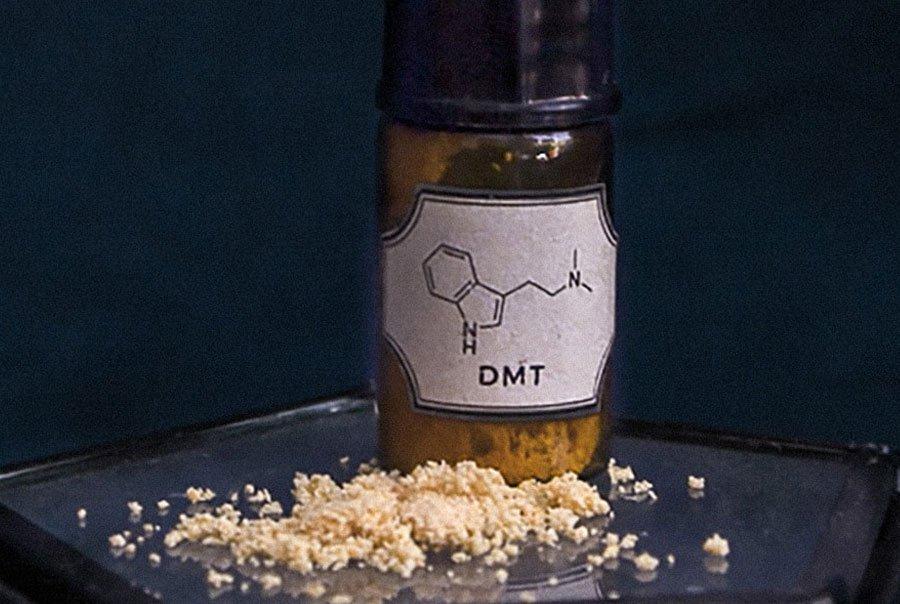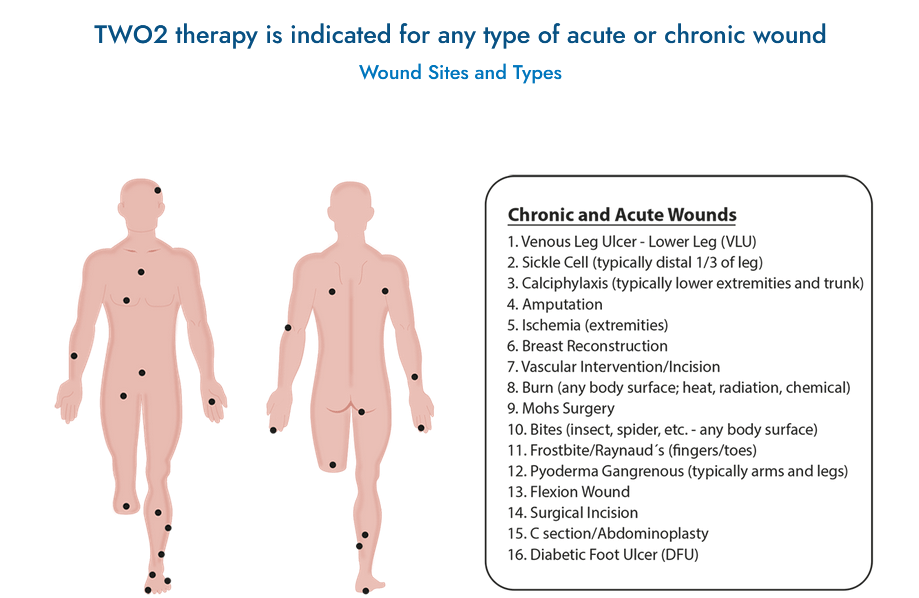DMT, short for Dimethyltryptamine, is a naturally occurring psychedelic compound known for its profound and often otherworldly effects on consciousness. Often referred to as the “spirit molecule,” DMT has been used in ceremonial and spiritual contexts by indigenous cultures for centuries and continues to captivate the interest of researchers, psychonauts, and seekers of altered states of consciousness. In this article, we will delve into the history, effects, risks, and contemporary Understanding of DMT (Dimethyltryptamine).
A Brief History of DMT
DMT is a naturally occurring compound found in a variety of plants, such as Psychotria viridis and Mimosa hostilis, as well as in the brain and other tissues of mammals. Indigenous peoples in the Amazon rainforest have been using DMT-containing plants, often in conjunction with a plant that contains an MAOI (monoamine oxidase inhibitor), to create a powerful and visionary brew known as Ayahuasca.
In the mid-20th century, the isolation and synthesis of DMT led to its exploration by researchers and its inclusion in Western psychedelic culture. Notably, the book “DMT: The Spirit Molecule” by Dr. Rick Strassman brought attention to its unique effects and experiences.
The DMT Experience
The effects of DMT are rapid and intense, often described as a journey to other dimensions or alternate realities. The DMT experience typically includes the following elements:
-
Vivid Visuals: Users often report intricate and colorful geometric patterns, as well as encounters with beings or entities.
-
Altered Perception of Time: Time can seem to stretch or compress, leading to a sense of timelessness.
-
Ego Dissolution: Many users experience a loss of the sense of self or ego, leading to a feeling of unity with the universe or a higher intelligence.
-
Profound Insights: DMT experiences can provide deep insights into one’s life, consciousness, and the nature of reality.
-
Transcendent or Mystical Encounters: Some users report encounters with divine or extraterrestrial beings or entities.
-
Intense Emotions: The DMT experience can evoke intense emotions, including euphoria, awe, or, occasionally, fear.
Risks and Precautions
While DMT is not considered physically addictive, and there is a lack of evidence for long-term physical harm, there are several risks associated with its use:
-
Psychological Impact: DMT experiences can be extremely intense and challenging, potentially leading to psychological distress or trauma.
-
Legal Status: The legality of DMT varies by country and region, and possession or use may result in legal consequences.
-
Setting and Context: The experience is highly influenced by set (one’s mindset) and setting (the physical and social environment). A supportive and safe environment is crucial.
-
Heart Rate and Blood Pressure: DMT can lead to increased heart rate and blood pressure, which may be a concern for individuals with certain medical conditions.
-
Psychiatric History: People with a history of mental health issues, especially psychosis or schizophrenia, may be at greater risk of adverse reactions.
Contemporary Research and Understanding
In recent years, DMT Cart has regained attention in scientific research, particularly in studies exploring its potential therapeutic benefits. Controlled settings and careful dosing are used to investigate its effects on mental health conditions like depression, anxiety, and PTSD. Researchers are also intrigued by the role of DMT in near-death experiences and its connection to the brain’s natural DMT production.
Conclusion
DMT, often called the “spirit molecule,” offers a unique and intense journey into the depths of consciousness. Its effects are awe-inspiring and transformative, but they come with potential risks and challenges. Whether used in a spiritual context or studied in a scientific one, DMT continues to be a subject of fascination and exploration, revealing the profound mysteries of the human mind and its connection to the universe. As with all psychedelics, it should be approached with respect, caution, and mindfulness, and within the bounds of legal and safe environments.




